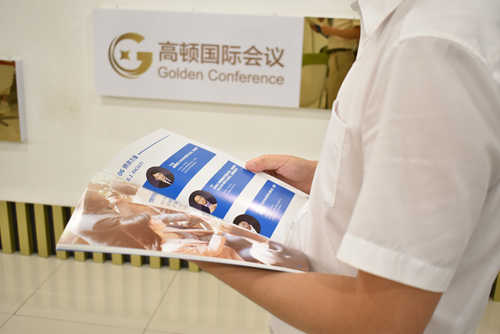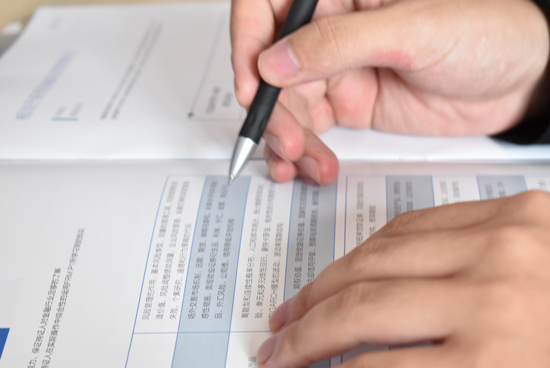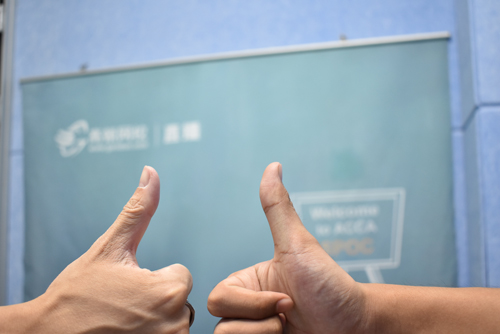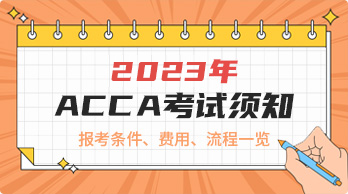
Sources[Kaplan,BPP,LSBF,Beckers Professional,First Intuition,MM University]
ACCA F6 Taxation Paper Exam Tips for December 2015 Session are given below by famous tuition providers
BPP
● Employment benefits.
● Property income.
● Relief for pension contributions.
● Adjustments to profit to arrive at trading income for both companies and sole traders.
● Capital allowance computations.
LSBF
Q1:Capital gain tax question with shares including bonus/rights issue and chattel rules or maybe corporation tax with rollover and holdover relief.
Q2:VAT–deregistration due date,surcharges,accounting for VAT,the annual accounting scheme and contents of a VAT invoice.
Q3:Inheritance tax–including lifetime gifts into a trust,the diminution in value principle and the death estate.
Q4:Property business profits/losses or maybe a sole trader,with adjustment of the trading profits and opening or closing year rules.
Q5:Income tax–computation income tax with employment income with car benefit,fuel benefit and accommodation benefit,interest income/dividend income.
Q6:Calculating corporation tax possibly including a straddling CAP or maybe a long period of account with capital allowances and possibly adjustment of a trading loss with loss relief and group relief.
First Intuition
● Employment/self-employment.
● PAYE.
● Opening years and change of year-end for sole traders.
● Capital allowances.
● VAT default surcharge and VAT invoice content and annual accounting.
● CGT:Entrepreneur’s relief,chattels.
● IHT lifetime and death transfers
Opentuition
Section A will contain 15 MCQ each carrying 2 marks.Students may favour this style of questioning as the answer is after all given in the question but remember there are no marks for coming second!
In Section B on a 2 mark section if you make a small error you may score 1.5 marks–in Section A you score nothing!Remember that the other options are not random numbers but answers that a student could indeed deduce but having made an anticipated error.
You must be very careful therefore to read the exact requirement,for example does the question ask you to compute Income Tax Liability or Payable or even Taxable Income?Does it ask for Class 1 NIC payable by the employer or all Class 1 NIC payable(employer and employee)or all NIC payable by the employer(Class 1 and Class 1A NIC of the employer?Does the examiner ask for the allowable expenses of the trader to be computed or the disallowable?Read the requirements very carefully!
Pick out the easier MCQ to do first.If there are a few MCQ that you find very difficult leave these to the end of the exam,make certain you do not waste time on these at the expense of Section B questions where marks can more easily be secured for anything you do right!In the last minute of the exam if there are any questions unanswered it should only be a very few MCQ where you are uncertain of the answers and as a last resort you go with your favourite letter,you don’t lose anything for getting it wrong!
MCQ will also allow the examining team to more widely test the syllabus bringing in issues not tested in the written questions in Section B and are likely as per the specimen paper to cover all the taxes.
In Section B we know that we will see a 15 mark Income Tax question which is likely to require an Income tax Computation to be prepared including a combination of employment income with assessable benefits,property income,interest and dividend income.It may also include the opening or closing years of an unincorporated trader as the individual moves from employment to self employment during the tax year or vice versa.
There will also be a 15 mark Corporation Tax(CT)Computation which is where traditionally we have found the adjustment of profit and capital allowances work to be done.The latest style of testing this is to give you in the question not the statement of profit or loss and ask you to prepare the CT computation but gives you within the question an error strewn CT computation prepared by the client and ask you to correct it!
It may be the case that you have to prepare 2 CT computations as you have to deal with a long period of account.
The remaining four 10 mark questions will almost certainly be on CGT,IHT and VAT with a final question testing a different area of either Income Tax or Corporation Tax,for example losses of either a company or unincorporated trade,partnerships,pension contributions,groups of companies or the administration of the taxes and ethics.
CGT
If a question involves corporate gains rather than an individual then the main assets that a company may dispose of would include:
Properties–this may involve establishing the cost of the property from an earlier acquisition via a no gain no loss transfer from a fellow gains group
member and/or the cost may have been reduced by a rollover relief claim at the time of acquisition.The gain arising may now also be deferred by a full rollover or partial rollover relief claim or if a depreciating asset is now acquired a holdover relief claim may instead be available.
Shares from a share pool
Chattels–e.g.a painting from the boardroom(times are hard!)
If a share disposal by an individual takes place then this could be in the form of a takeover,or the sale of shares that had been acquired as a result of an
earlier takeover.
If dealing with disposals by an individual reliefs are always tested,note gift relief and PPR relief
IHT
Computing the IHT arising on death dealing with the calculation of the transfer of value for a lifetime transfer,possibly unquoted shares and utilising the transfer of unused nil rate band from spouse
VAT
Preparation of a VAT return possibly dealing with deregistration on the cessation of a trade.Overseas aspects of VAT&Group VAT registration
Other Issues
The detailed technical article on Motor Cars may form the basis of the more challenging style of question now favoured by the examining team where the candidate is required to think very carefully to answer a more unusual stated requirement.
This may involve for example evaluating the tax position of both the business(unincorporated or incorporated),and if separate,the individual,regarding the provision of a car and fuel to an employee or proprietor.This may involve elements of Income Tax,Corporation Tax,VAT and NIC’s.Work carefully through the exam standard example at the end of the examiner’s article.



 考前TIPS
考前TIPS
 发布时间:2016-10-27
发布时间:2016-10-27


 复制本文链接
复制本文链接 模拟题库
模拟题库

 96
96
























 >
>
